Renowned Taiwanese artist YANG Chung-Ming explores themes of time, sustainability, and the deeper human
connection to nature. YANG’s practice is deeply rooted in printmaking, yet his artistic vision extends far
beyond traditional techniques. By moving past the conventional boundaries of carving and inking, he has
developed a distinctive language that explores the materiality of paper and the interplay of light and shadow.
This forward-thinking approach positions him as a key figure in the evolution of “Print-based Art” in Taiwan.
As one of Taiwan’s most important contemporary printmaking artists, YANG Chung-Ming has earned
widespread recognition from Taiwan’s leading cultural institutions. His works are included in the collections
of the National Palace Museum, the National Taiwan Museum of Fine Arts, and the Cultural ANairs Bureau of
Tainan City Government. Several signature pieces are also part of the permanent collection of the Hong-gah
Museum in Taipei. These prestigious accolades aNirm YANG’s unique ability to integrate the cultural depth of
Taiwan with the technical sophistication of contemporary printmaking—infusing his work with both artistic
significance and international relevance.
In an exclusive conversation, YANG reveals the inspiration behind his recent works from 2024. Known for his
ability to merge traditional printmaking techniques with modern innovation, YANG shares insights into his
artistic evolution and the themes that define his practice.
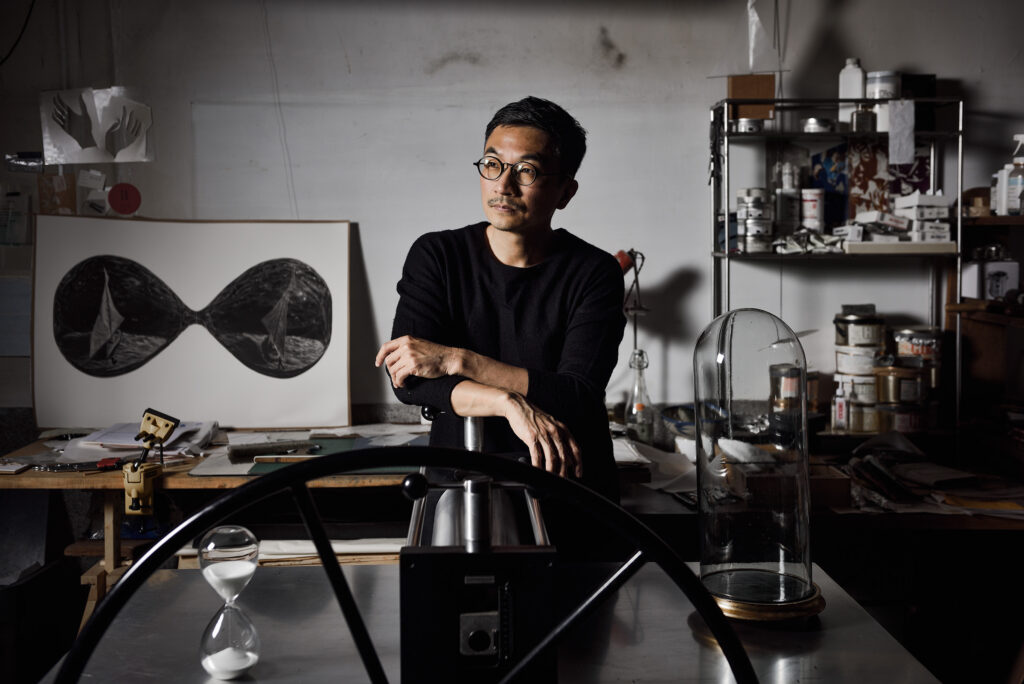
Taiwanese artist YANG Chung-Ming (1974-)
Exploring New Frontiers
YANG presented two works at the end of 2024: B612 figure.3, the final piece in his B612 series, and The
Dream of a Litterateur from his Ink Butterfly series. YANG explains that these pieces are an extension of his
previous collections, but they also explore new creative dimensions.
Inspired by Le Petit Prince, B612 figure.3 imagines what might have happened to the rose after the prince’s
departure. “This narrative reflects my concern for the unseen beauty and sadness in forgotten places,” YANG
says. This piece combines traditional mezzotint with watermark techniques, elevating printmaking to new
heights. Meanwhile, The dream of a Litterateur experiments with the relationship between literature and
visual creation, combining plant dyeing, handmade paper, and print techniques in a cross-disciplinary
approach.
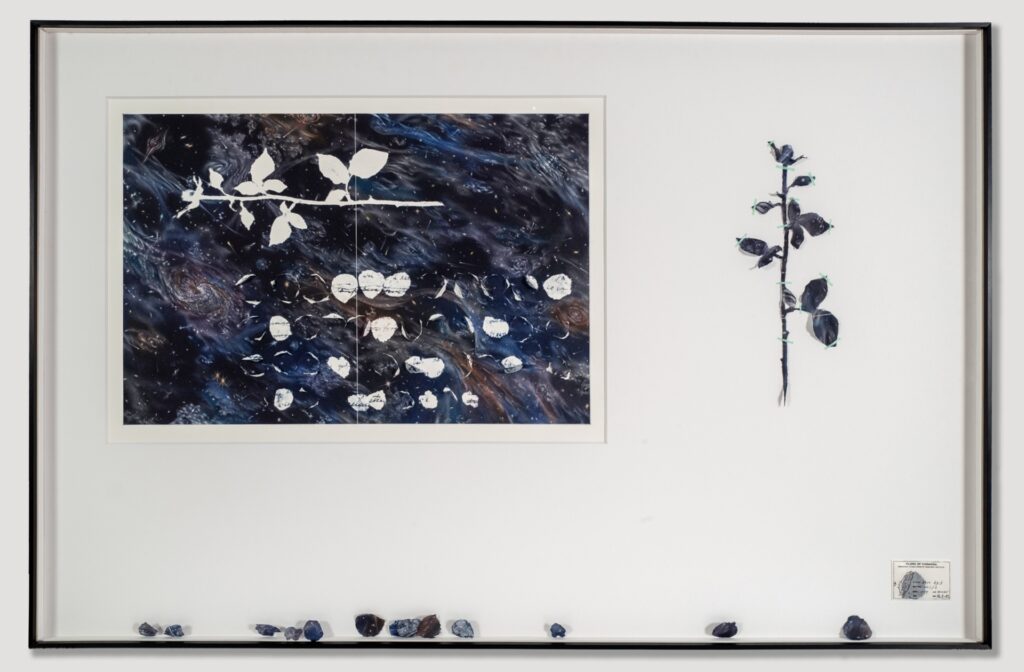
YANG Chung-Ming. Flora of Formosa: B612 fig. 3 2024 Mezzotint, Watermark Handmade Paper, Chine-collé
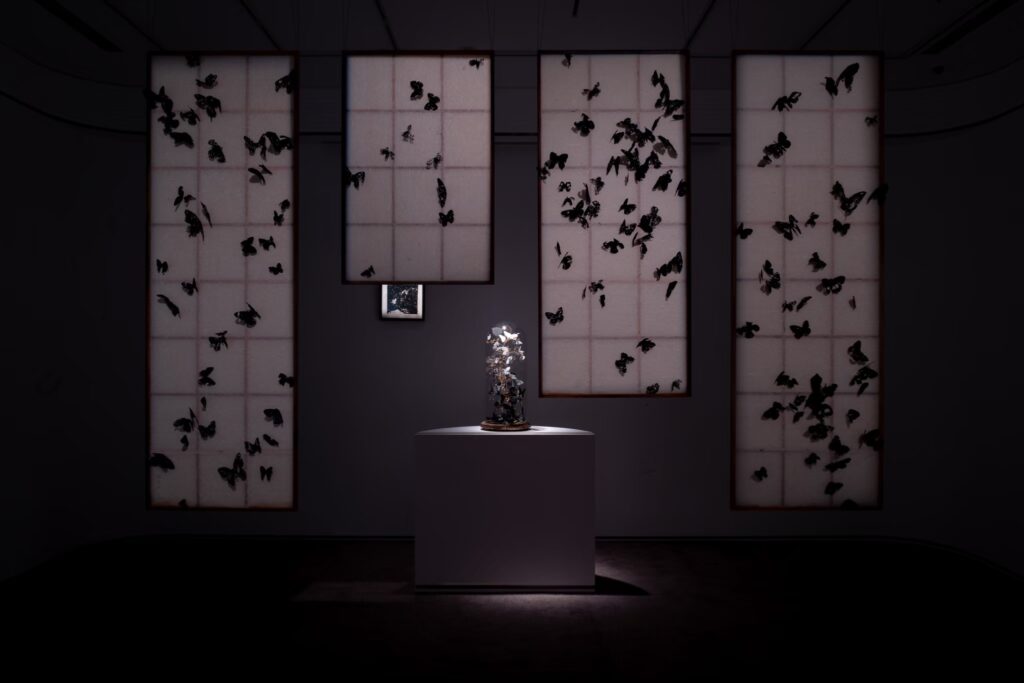
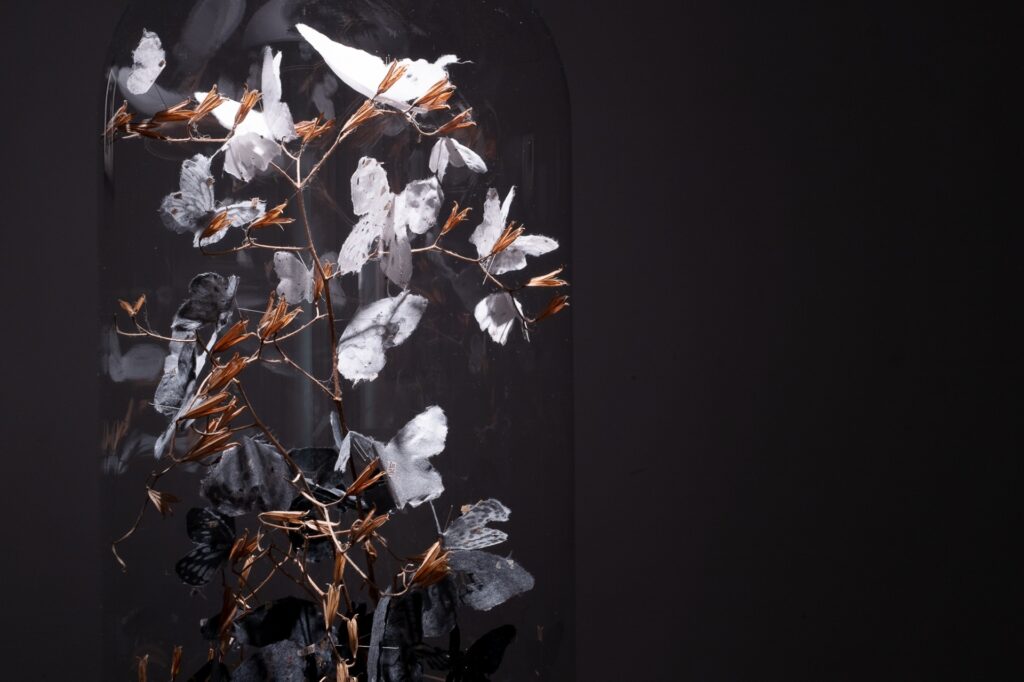
YANG Chung-Ming. Flora of Formosa: The Dream of a Litterateur 2024 Watermark, Handmade Paper, Natural Dye, Burned Book,
Plant, Glass
Merging Tradition and Innovation
YANG’s ability to balance traditional printmaking techniques with boundary-pushing innovations is a hallmark
of his work. “I always begin with a question,” he notes. “It’s not about balancing tradition and innovation
but about finding new, exciting possibilities.” His works draw from centuries of Eastern and Western
printmaking, uncovering connections between the past and modern life. YANG’s work isn’t driven by the
desire to be novel but by deep reflection, letting ancient methods serve new-era thoughts and aesthetics,
naturally bringing tradition into the contemporary world.
The Concept of Time in Art
Time is a recurring theme in YANG’s work. He highlights the mezzotint technique—once used before the
advent of photography—as a key method for exploring the abstract nature of time. The slow, meticulous
process of creating mezzotints ,which is one of the most refined historical printing methods, contrasts
sharply with today’s fast-paced world, making it the perfect medium for his reflections on time and its
passage.
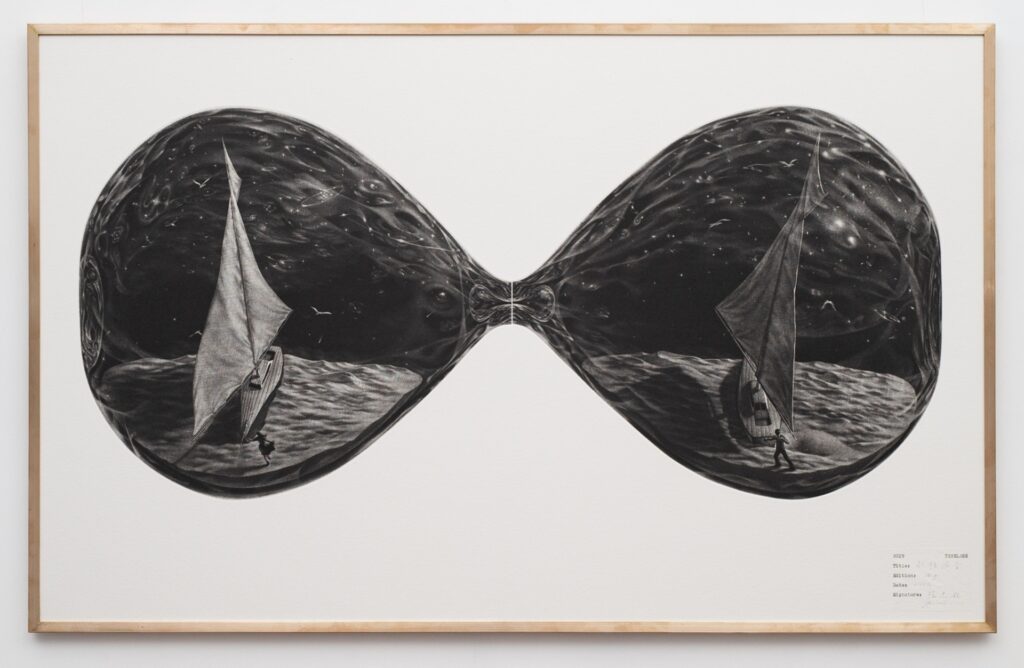
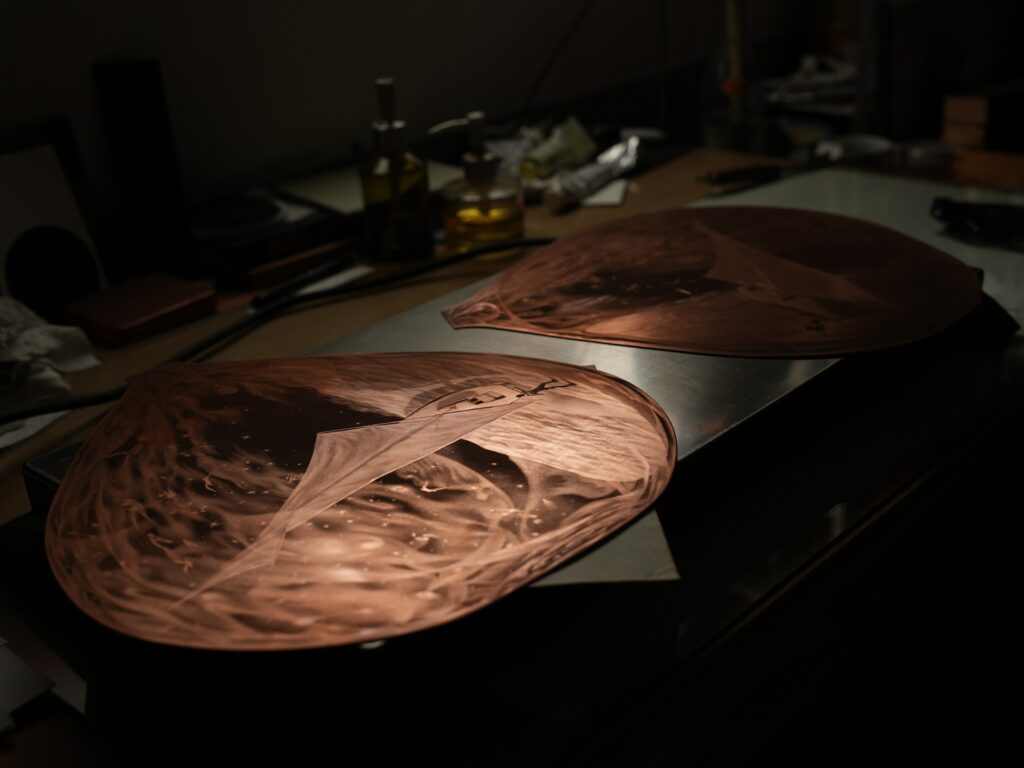
YANG Chung-Ming. Timeless: Eternal Echoes 2022 Watermark, Mezzotint, Engraving on copper plate
Sustainability in Art
Sustainability is another focus in YANG’s art, especially in his use of handmade paper. He reflects,
“Sustainability is a global conversation, but for me, it’s also personal—rooted in cherishing and
preserving the world around us, connecting emotional attachment to sustainability.” YANG’s practice
often incorporates discarded objects, giving them new life and meaning, which he describes as an aesthetic
of “silent beauty”.
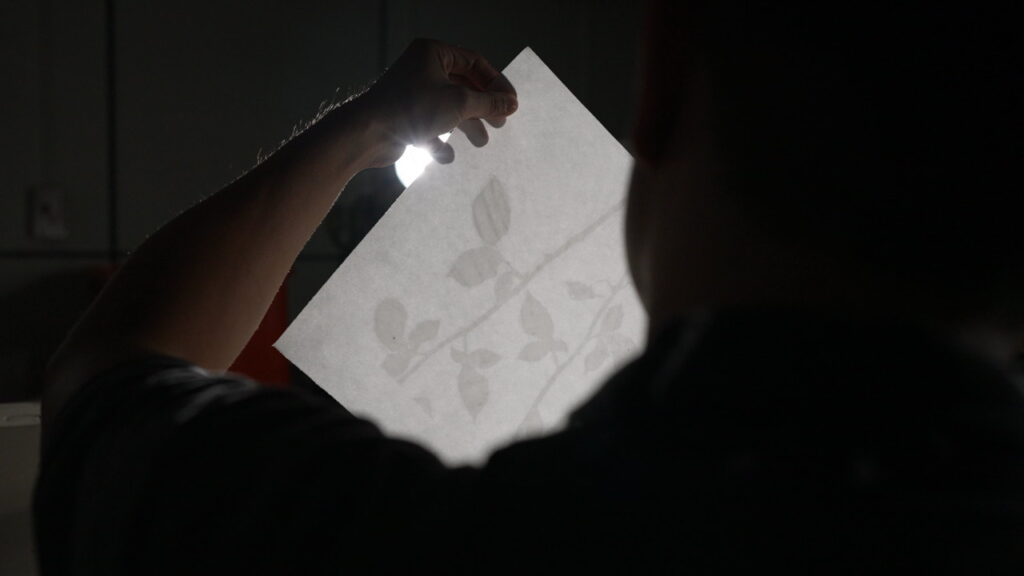
Looking to the Future
As YANG continues to explore new materials and techniques, he acknowledges that time remains one of his
greatest challenges. His creative process is slow and methodical, often taking years of experimentation to
produce a single piece. Yet, it is this dedication to craftsmanship and detail that defines his work.
“Handmade creation is a basic human desire. If my works seem deeply traditional, it’s because I remain
committed to handcrafted methods.” Printmaking has always been a labor-intensive, handcrafted process.
Many printing techniques, now rarely used, were replaced by the need for speed and uniformity. Their
absence, however, gives rise to a romantic texture that defies modern times.
Looking ahead, YANG imagines endless new possibilities: “Can printmaking capture a frozen musical
note? Is there a spiritual homeland for humanity within the world of printmaking? What are the
unexplored possibilities in traditional techniques?” These musings drive his ongoing exploration and
promise more groundbreaking work in the future. In close collaboration with Gallery de Sol—an academicfocused gallery committed to the advancement of printmaking—YANG continues to push the medium
forward. Through YANG’s work, Gallery de Sol introduces international audiences to the richness and
diversity of Taiwan’s contemporary printmaking, underscoring its dynamic role on the global art stage.
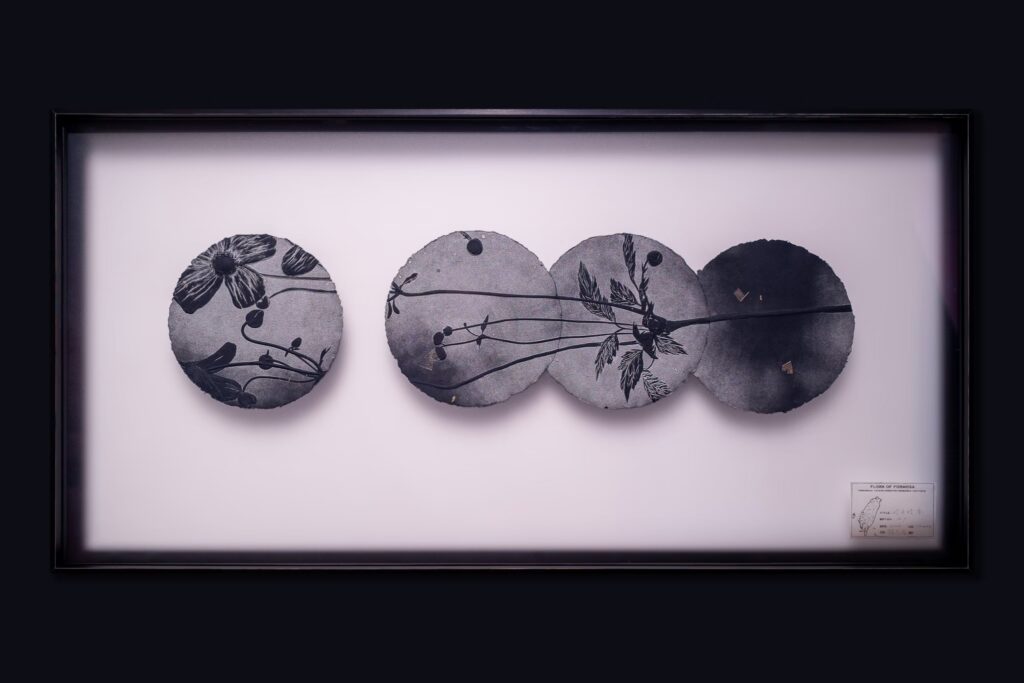
YANG Chung-Ming. Flora of Formosa: Under the moon: Grape-leaved anemone 2024 Linocut, Handmade paper with natural dye
